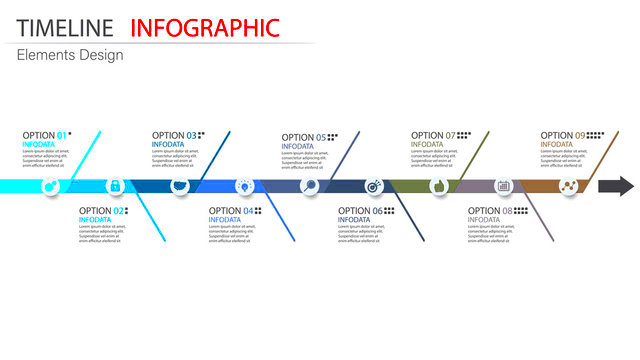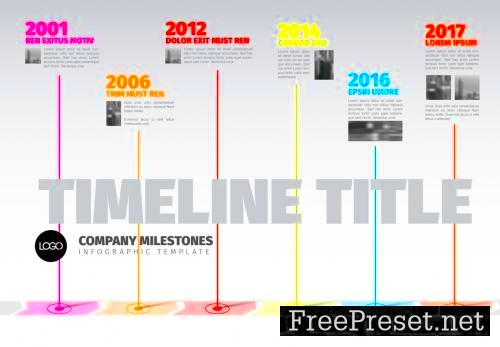Initially, the review process of
Adobe stock may come across as a bit intimidating. However, having gone through it, I can assure you the journey is worthwhile. Upon submission of your images they usually face evaluation which is meant to assess whether they meet certain Adobe quality criteria. This has nothing to do with ticking off checklists but rather raising the standard of art and providing clients looking for quality visuals with dependable source.Every picture narrates a tale, and this is what the evaluation procedure guarantees. When expecting comments, it may be difficult to feel thrilled or tense at times; however, such emotions contribute to the whole process. Do not forget that holding back always helps!
Importance of the Review Timeline

Time duration during the review process is important. It determine how visible and successful your paper becomes. I did not take this into account when I submitted my images for the first time. Below are reasons supporting this claim:
- Quality Assurance: A structured timeline ensures each submission is thoroughly evaluated for quality.
- Market Readiness: Timely reviews help maintain a fresh stock of images, appealing to buyers.
- Trust and Credibility: A well-defined timeline builds trust with contributors and customers alike.
Comprehending this sequential order allows you to have feasible anticipations, in addition to better preparing for your upcoming submissions.
Steps Involved in the Review Process
An approach that involves several stages, though artistic in nature. Here’s an outline of the primary phases:
- Submission: Upload your images through Adobe Stock’s interface.
- Initial Screening: The system conducts an automatic check for technical issues, like resolution and format.
- Human Review: Experienced reviewers evaluate the content based on quality, relevance, and adherence to guidelines.
- Feedback: You receive notifications regarding approval or necessary revisions.
- Publication: Approved images go live on the platform, ready for buyers to discover.
Every stage is essential; this may consume some time, but in return, only the best products get into the market. I can still recall the excitement I felt when my first accepted image went live. It’s a fulfilling sensation that makes up for all those hours of waiting!
Factors Affecting Review Time
As I started submitting my works to
Adobe Stock for the first time, I was a little too enthusiastic about how long it would take for review. Eventually, I discovered the various aspects that may affect this process. Their understanding can assist you in making your own submissions more comprehensible.These are the few fundamental aspects which may have influence over the time taken to review:
- Submission Volume: The number of images submitted at any given time plays a significant role. Peak seasons often mean longer wait times.
- Image Quality: If your images meet Adobe’s high standards right from the start, they tend to get approved faster.
- Reviewer Availability: The availability of reviewers can also impact how quickly your images are processed. Sometimes, it just comes down to human resources.
- Complexity of Content: If your work requires a detailed review for copyright or ethical concerns, it may take longer.
Some words may be hard to read in human language, but they are justifications of a system which is aimed at enhancing quality. Such artistic paths require patience and comprehension for effective navigation.
Common Issues That May Delay Review
While I was going through the
Adobe Stock review procedure, I landed at some crossroads. People need to know common problems that delay their pictures’ evaluation process. Being aware of such snags can prevent yourself from wasting both time and developing tears.Additional delays may be caused by several problems that occur frequently.
- Technical Errors: Submissions that don’t meet the required specifications, such as resolution and format, can be rejected or delayed.
- Inadequate Metadata: Missing or poorly written titles, keywords, and descriptions can slow down the process. Good metadata helps reviewers understand your work better.
- Content Violations: If your images contain copyrighted materials or violate ethical guidelines, they can be held back for review.
- High Submission Volume: During busy times, like holidays, a flood of submissions can lead to longer waiting periods.
Delays are annoying sometimes, but they are a chance to learn from every obstacle and make your future submissions much better.
How to Track Your Submission
Do you feel that tracking your submission is like watching paint dry? But still you can’t avoid it because it is important. First time I sent in my submissions, there was this strange combination of excitement and fear waiting for ideas/help from my teachers. Luckily,
Adobe Stock provide instruments through which one can keep track of his/her artworks.You can monitor your submissions in several ways:
- Adobe Stock Contributor Dashboard: This is your main hub. Here, you can see the status of each submission, whether it’s under review, accepted, or rejected.
- Email Notifications: Adobe sends out updates via email, informing you of changes in status. Keep an eye on your inbox!
- Review Time Estimates: While not always accurate, you may find rough estimates of how long the review process typically takes during busy periods.
Tracking your submissions regularly helps in managing what you expect hence resultantly enabling you to create more content. I realized that being updated made waiting more bearable and even sometimes enjoyable.
FAQ
1. What is the Adobe Stock review process?
The review process involves submitting images, an initial automated screening, a human quality assessment, feedback notifications, and finally, publication if approved.
2. Why is the review timeline important?
A structured timeline ensures quality assurance, maintains market readiness, and builds trust with contributors and customers.
3. What factors affect review time?
Key factors include submission volume, image quality, reviewer availability, and the complexity of the content being submitted.
4. What common issues may delay my review?
Delays can occur due to technical errors, inadequate metadata, content violations, and high submission volumes during busy periods.
5. How can I track my submission status?
You can track submissions through the Adobe Stock Contributor Dashboard, email notifications, and review time estimates provided by the platform.
Conclusion
Navigating the Adobe Stock review process may seem daunting initially, but understanding its structure and timeline can make it much easier. Each stage is designed to ensure high-quality submissions, ultimately benefiting both contributors and buyers. By being aware of common issues and tracking your submissions, you can enhance your experience and foster a smoother creative journey. Delve into this process, and you’ll find that patience and preparation lead to rewarding outcomes!
 Time duration during the review process is important. It determine how visible and successful your paper becomes. I did not take this into account when I submitted my images for the first time. Below are reasons supporting this claim:
Time duration during the review process is important. It determine how visible and successful your paper becomes. I did not take this into account when I submitted my images for the first time. Below are reasons supporting this claim:
 admin
admin








